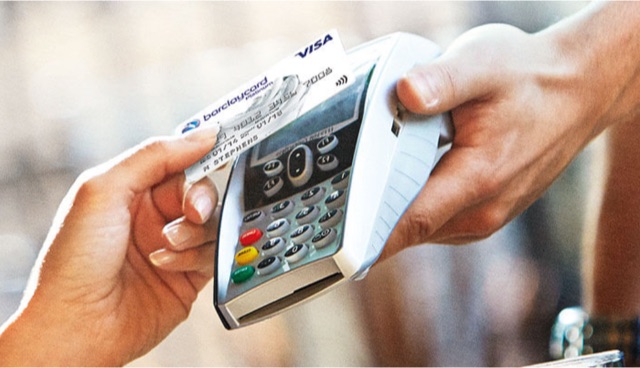The world’s response to Covid-19 already has accelerated trends underway in the payments business, and pandemic-spurred innovations will continue after the contagion eases, according to three senior industry executives.
“The impacts of Covid-19 represent a true global reset of the entire market, not just our payments market,” said Philip McHugh, chief executive of London-based merchant processor Paysafe Group. Paysafe has substantial operations abroad, including in the United States and Canada.
McHugh was one of three panelists for a Tuesday session dubbed “Payments Innovation in the Time of Covid-19” at Transact Connect, the Electronic Transactions Association’s virtual conference underway this week. The event replaces the payments trade group’s usual Transact conference in Las Vegas that had been set for late April, but, like several other payments conferences, was cancelled because of the pandemic.

Changes underway well before Covid-19 hit in force in late winter but which took on extra force include the mixing of point-of-sale and online payments as many retailers and restaurants embraced more online ordering and curbside pickup. “The lines between in-store and online solutions, or the famous omnichannel solution, were blurred; they’re completely blurred now,” said McHugh.
As has been reported, U.S. adoption of contactless card payments had started well before the novel coronavirus, which causes Covid-19, took hold but now consumers, financial institutions, and merchants are much more open to contactless, according to another panelist, Dan Sanford, Visa Inc.’s head of North American debit and prepaid and global head of contactless payments. “In the U.S. we already had fantastic adoption underway…the Covid situation is really accelerating the demand for contactless payments,” he said.
Visa recently reported that 175 million Visa-branded contactless cards are now in circulation in the United States, making it Visa’s single biggest contactless market, although the share of contactless POS payments pre-Covid-19 had been estimated to be in the low single digits. That share seems likely to grow rapidly as coronavirus-wary consumers try to avoid using cash or touching payment terminals. According to Sanford, 31 million Americans tapped a card or used a mobile device for payment in March, nearly 50% higher than had done so six months earlier.
As part of its contactless initiative, Sanford said Visa is working with merchant acquirers and others to encourage smaller merchants to quit asking customers to sign card receipts for in-store sales. All four of the U.S.-based credit card networks made signatures optional for merchants in April 2018, with Visa the last to adopt the change. About 90 of the top 100 contactless-accepting merchants have now dropped signature requirements, according to Sanford. “This effort has really moved downstream to working with our acquirers and our tech partners to try to get that local grocery store, that local small business, to really just be aware that they can remove signature from the point-of-sale environment,” he said.
Outside of the United States, nearly 60% of POS card payments are now contactless, according to Sanford. “The U.S. is quickly accelerating its adoption, and we are confident that the U.S. is going to become a mature contactless market like many other regions around the world,” he said.
Unfortunately, many merchants closed for nearly two months now by governmental measures to control the pandemic might not be around after it passes to benefit from the coming changes. “We’re seeing signs of significant attrition in the acquiring space across small, medium, and even large businesses as they fail and as the impact of long shelter-in-place and stay-at-home orders hits hard,” said a third panelist, Colleen Taylor, executive vice president and head of merchant services at San Francisco-based Wells Fargo & Co., one of the nation’s largest acquirers.
Taylor didn’t give numbers, but said attrition’s impact will vary geographically and by how long the control measures are in place.



